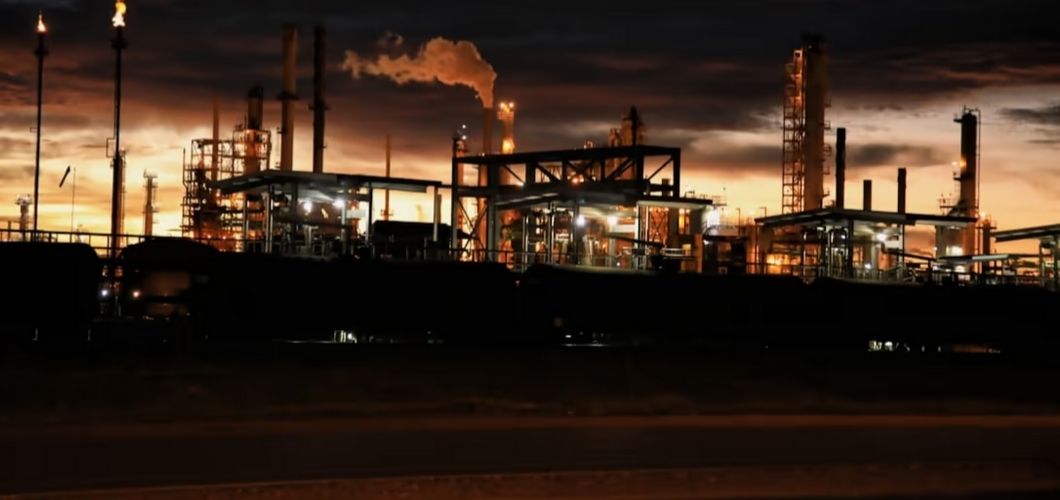With the advancement in technology, AI is undoubtedly becoming a major factor in many industries. AI is a broader term for computer systems that can process information and make decisions on their own. In the early days, AI was only able to recognize and respond to simple commands, but after the advancement in technology, AI can take complex tasks, and complete them with very little human input.
People often get confused between robotics and AI; both are two distinct technologies that enable machines to act, think, and interact with the environment.
Precision and Accuracy
By deploying robots on assembly lines or using AI based algorithms, companies can drastically reduce production time and enhance overall efficiency level. Machines powered by AI algorithms can perform repetitive tasks with unparalleled precision and accuracy.
Precision is a metric that measures how often a machine learning model correctly predicts the positive class We can calculate precision by dividing the number of correct positive predictions by the total number of instances, the model predicted as positive.
Accuracy is a metric that measures how often a machine learning model correctly predicts the outcome. We can calculate accuracy by dividing the number of correct predictions by the total number of predictions.
Increase in Productivity
Robotics and AI have always played a crucial role in modern manufacturing by increasing productivity through automation. These technologies streamline repetitive tasks, reduce errors, and enable continuous operation leading to an increase in efficiency in production processes. They also facilitate data-driven decision-making, optimize resource utilization, and contribute to overall cost savings for the manufacturers.
Adaptive Manufacturing
Adaptive manufacturing associated with robotics and AI plays a crucial role in modern manufacturing by increasing flexibility, efficiency, and responsiveness. Robotics with AI features enable machines to adapt to the change in production needs, optimizing processes, and improving overall productivity. AI algorithms analyze data in real time, making quick decisions to reduce production parameters, ensuring quality control, and many more. AI and robotics contribute equally to adapting to the changes and challenges of today’s rapidly changing production landscape.
Cobots
Cobots or Collaborative robotics play the role of working alongside humans to ensure safety and enhance efficiency. AI-driven robots take up repetitive tasks and allow human workers to focus on more complex work of production. The collaboration between robots and humans improves overall productivity and reduces the workplace’s injuries. AI in manufacturing keeps a check on the maintenance quality control, and adaptive manufacturing process, contributing to a more flexible and cost-saving production environment.
Quality Control and Inspection
Robotics and AI play an important role in quality control and inspection in modern manufacturing. They increase precision, speed, and efficiency for checking defects, ensuring quality production, and reducing human error. The work of AI algorithms not only increases efficiency but also reduces the risk of human error in the inspection process. Robotics even perform tasks, in challenging atmospheres, ensuring improved safety and reliability in manufacturing operations.
Conclusion
The integration of robotics and AI into modern manufacturing processes is not just a technological evolution but a revolution.



